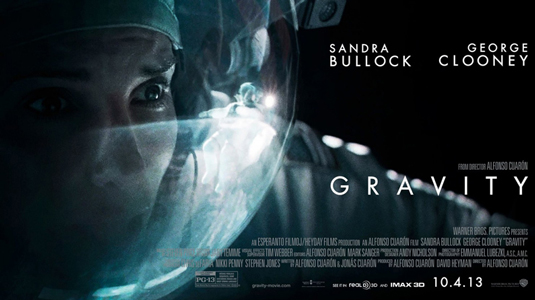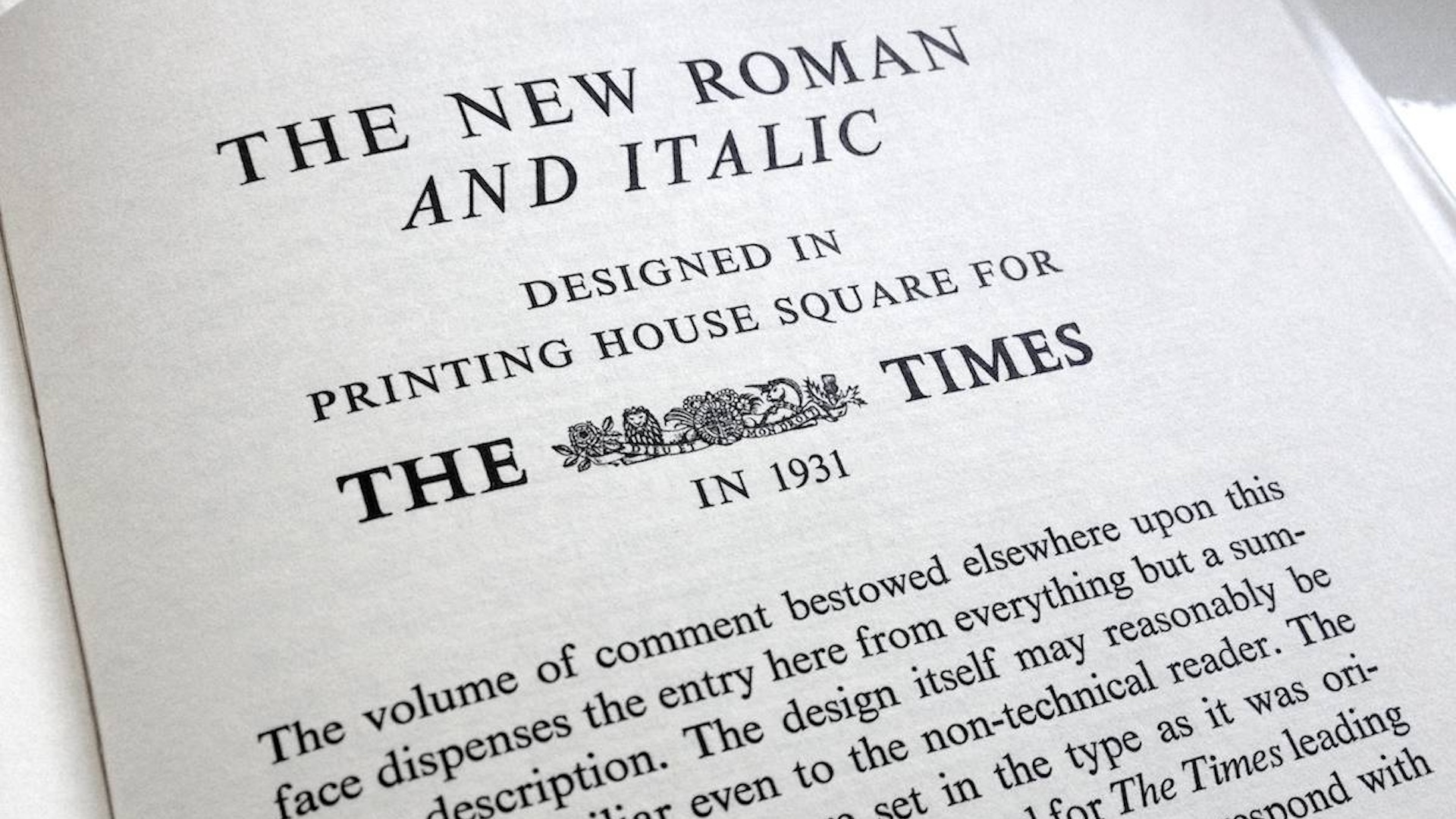How Gravity's visual effects were created
Framestore, the company behind the award-winning special effects in Gravity, give a fascinating behind-the-scenes look at how they were made.
It's the movie that changed the way we think about 3D cinema forever. If you haven't seen Gravity yet - certainly in 3D and preferably on the biggest screen you can find - then we'd urge you to track down a cinema that's still showing it (there are many).
While the movie features big-name actors George Clooney and Sandra Bullock, the real stars of the show are the visual effects, masterfully created by London studio Framestore. And they've now released this 'show and tell' video (above), giving us a fascinating glimpse behind the scenes into how they were made.
First steps
Visual effects supervisor Tim Webber first heard about Gravity in 2010, when director Alfonso Cuarón approached Framestore to create the effects. The film was originally going be made with actors in real space suits, hung up on wires on partial sets, that would be extended digitally. In the end, the digital element took over almost completely.
In other words, in most shots, the only physical elements on camera are the faces. The starlit sky, planet Earth, spacecraft, debris and even space suits were all created digitally at Framestore. Consequently, the team had to spent an entire year on planning before they could start shooting.

Both Webber and Cuarón took a trip in the NASA 'vomit comet' to experience the sensation of weightlessness. But filming on such flights remains impractical, so the team used a combination of motion controlled cameras and light rigs to simulate the effects of micro gravity for the movie.
Robots and LEDs
Collaborating with Bot & Dolly Motion Control and the on-set special effects team (who specialise in physical, in-camera effects as opposed to CGI), cameras were strapped to huge robotic arms and George Clooney and Sandra Bullock were put in a variety of different rigs, many developed specially for the film.
Much of the lighting effects were created inside a 10m cube, with walls of almost two million LED lights. This provided much greater flexibility than traditional film lights - meaning the different colours reflecting off the Earth, moonlight, sunlight and starlight could all be replicated in a realistic and accurate fashion.
Daily design news, reviews, how-tos and more, as picked by the editors.
You can find more detail about how Gravity was made here.
Liked this? Read these!
- The best 3D movies coming in 2014
- Discover what's next for Augmented Reality
- Download free textures: high resolution and ready to use now

The Creative Bloq team is made up of a group of art and design enthusiasts, and has changed and evolved since Creative Bloq began back in 2012. The current website team consists of eight full-time members of staff: Editor Georgia Coggan, Deputy Editor Rosie Hilder, Ecommerce Editor Beren Neale, Senior News Editor Daniel Piper, Editor, Digital Art and 3D Ian Dean, Tech Reviews Editor Erlingur Einarsson, Ecommerce Writer Beth Nicholls and Staff Writer Natalie Fear, as well as a roster of freelancers from around the world. The ImagineFX magazine team also pitch in, ensuring that content from leading digital art publication ImagineFX is represented on Creative Bloq.

